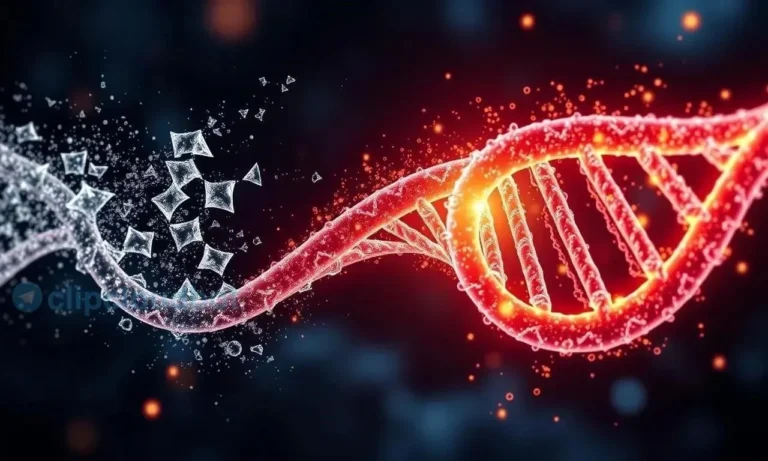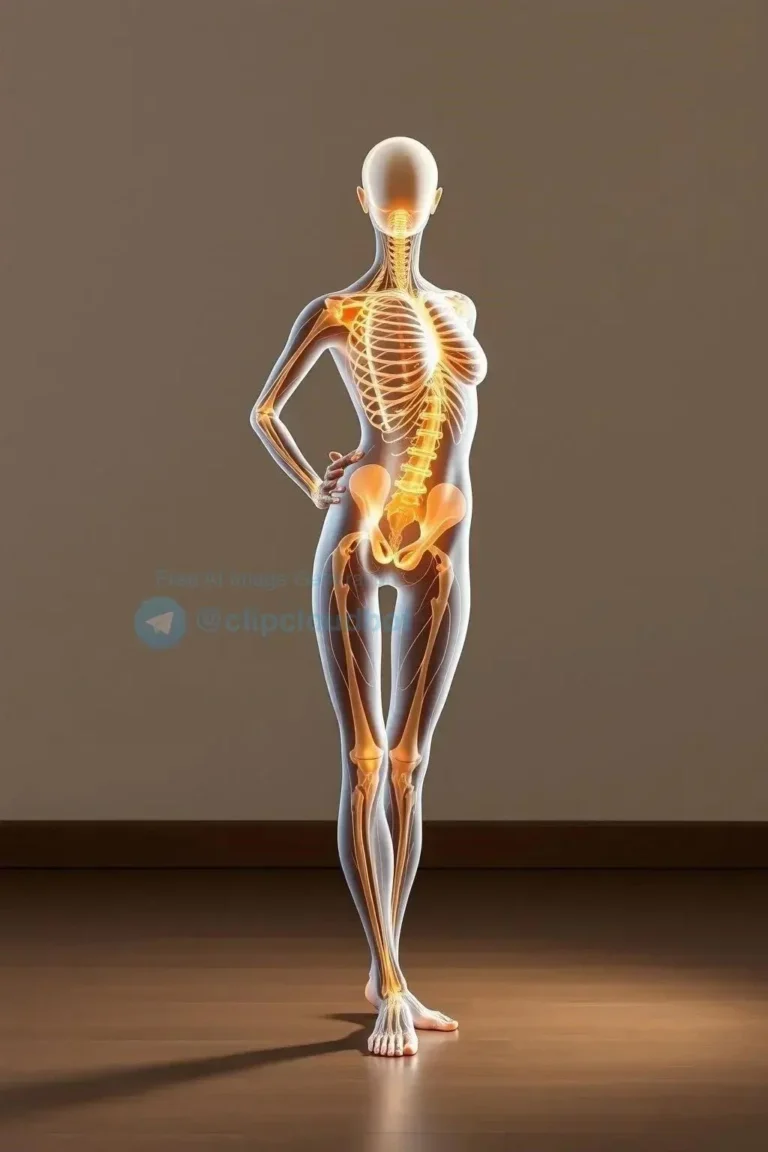Headache Types and Symptoms
Headaches vary significantly, ranging from mild annoyances to debilitating pain. Common types include tension headaches, often described as a tight band around the head, and migraines, which can cause throbbing pain, nausea, and sensitivity to light and sound. Cluster headaches are less common but intensely painful, occurring in cyclical patterns. Recognizing the specific type of headache you experience is crucial for effective management and treatment.
Migraine Symptoms and Characteristics
Migraines are far more than just bad headaches. They are complex neurological events with a distinct set of symptoms that can significantly impact daily life. While throbbing head pain, often on one side of the head, is a hallmark symptom, migraines are frequently accompanied by a constellation of other debilitating features.
Aura Phase (Sometimes Present): Approximately 25% of migraine sufferers experience an aura before the headache begins. This can manifest as visual disturbances such as flashing lights, zig-zag lines, or temporary blind spots. Sensory changes like tingling in the face or limbs, difficulty speaking, or even temporary weakness can also occur during the aura phase. These symptoms typically last between 20 and 60 minutes.
Headache Phase: The headache phase is characterized by intense, throbbing pain, often localized to one side of the head, but it can also affect both sides. The pain may be aggravated by routine physical activities like walking or climbing stairs. Nausea and vomiting are common, as is extreme sensitivity to light, sound, and smells. This phase can last for several hours or even days.
Postdrome Phase: Following the headache, many individuals experience a postdrome phase, often described as a “migraine hangover.” This period can be marked by fatigue, difficulty concentrating, mood changes, and neck pain. Understanding these distinct phases and associated symptoms is crucial for effective migraine management and seeking appropriate medical advice.
Tension Headache Symptoms and Characteristics
Tension headaches are the most common type of headache, affecting a significant portion of the population. Characterized by a dull, aching pain, they often feel like a tight band or pressure around the head. Unlike migraines, tension headaches typically don’t involve throbbing pain or nausea, and they rarely prevent everyday activities.
Pain Quality and Location: The pain associated with tension headaches is often described as a constant, dull ache or pressure. It’s typically felt on both sides of the head, wrapping around the forehead, temples, and back of the head. The pain is usually mild to moderate in intensity, but it can sometimes become severe.
Associated Symptoms: While tension headaches primarily involve head pain, some individuals may also experience tenderness in the scalp, neck, and shoulder muscles. Unlike migraines, tension headaches are not usually accompanied by nausea, vomiting, or sensitivity to light and sound. However, some people may experience mild sensitivity to noise or bright lights.
Episodic vs. Chronic: Tension headaches can be either episodic or chronic. Episodic tension headaches occur less than 15 days per month, while chronic tension headaches occur 15 or more days per month for at least three months. Understanding the frequency and duration of your headaches is essential for proper diagnosis and treatment.
Triggers: Various factors can trigger tension headaches, including stress, fatigue, poor posture, dehydration, and eye strain. Identifying and managing these triggers can play a significant role in preventing and reducing the frequency of tension headaches.
Headache Relief and Management
Managing headaches involves a multifaceted approach, ranging from over-the-counter medications to lifestyle adjustments. Effective management depends on identifying the type of headache and its underlying causes. A combination of pain relief strategies and preventive measures can significantly improve headache control and quality of life.
Conventional Headache Relief Options
Conventional headache relief options often provide quick and effective pain management. These treatments range from over-the-counter medications to prescription drugs specifically designed for different headache types. Understanding the available options can help individuals find the most suitable approach for their specific needs.
Over-the-Counter Pain Relievers: For mild to moderate headaches, over-the-counter pain relievers like ibuprofen (Advil, Motrin) and naproxen (Aleve) can be effective. Acetaminophen (Tylenol) is another common option. It’s important to follow the recommended dosage and consult a doctor or pharmacist if you have any underlying health conditions.
Prescription Medications: For more severe headaches, particularly migraines, prescription medications may be necessary. Triptans, such as sumatriptan (Imitrex) and rizatriptan (Maxalt), are specifically designed to target migraine pain. Other prescription options include CGRP inhibitors, which block a protein involved in migraine development. Your doctor can help determine the most appropriate medication for your specific headache type.
Other Medical Approaches: In some cases, other medical approaches may be considered. For chronic headaches, nerve blocks or Botox injections may be recommended to disrupt pain signals. These treatments are typically reserved for cases where other therapies have been ineffective. It’s crucial to discuss the potential benefits and risks of these procedures with your doctor.
Combination Therapies: Sometimes, a combination of therapies may be the most effective approach. For example, combining over-the-counter pain relievers with rest and hydration can provide significant relief for tension headaches. Similarly, combining prescription migraine medication with lifestyle modifications can help manage migraine attacks more effectively.
Natural Headache Remedies and Prevention
Alongside conventional medical treatments, various natural remedies and preventative strategies can be incorporated into a headache management plan. These approaches focus on lifestyle modifications, stress reduction techniques, and natural remedies that may help reduce headache frequency and intensity. It’s important to note that while these methods can be beneficial, they should not replace medical advice.
Lifestyle Modifications: Regular exercise, a balanced diet, and adequate sleep are crucial for overall health and can significantly impact headache frequency. Staying hydrated by drinking plenty of water throughout the day is also essential. Identifying and avoiding headache triggers, such as certain foods or stress, can also play a significant role in prevention.
Stress Management Techniques: Stress is a common headache trigger, so incorporating stress-reduction techniques can be beneficial. Yoga, meditation, deep breathing exercises, and spending time in nature can help manage stress levels and potentially reduce headache occurrence. Regular relaxation practices can have a positive impact on overall well-being.
Herbal Remedies: Certain herbal remedies, such as feverfew and butterbur, have shown promise in reducing migraine frequency and severity. However, it’s essential to consult with a healthcare professional before using any herbal supplements, as they can interact with other medications or have potential side effects. Proper dosage and guidance are crucial.
Other Natural Approaches: Other natural approaches include applying cold compresses to the forehead or temples, taking a warm bath with Epsom salts, and practicing acupuncture or massage therapy. While these methods may not be scientifically proven for all headache types, some individuals find them helpful in managing their symptoms. Individual responses may vary.






